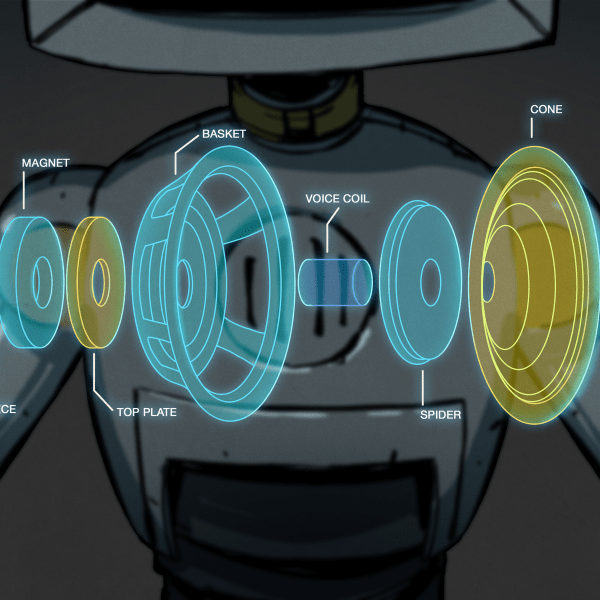
Liquidware has put together an interesting kit called the WiNet. It has a battery powered touchscreen controlled by an Arduino. Using an XBee shield, it can send commands to a paired XBee and Arduino attached to a computer. The computer can also update the touchscreen display. This is demoed in the video below. It’s a unique interface, but the TouchShield alone costs $174 so we’re guessing you’re going to be pretty damn confident in your project before you go this route.













